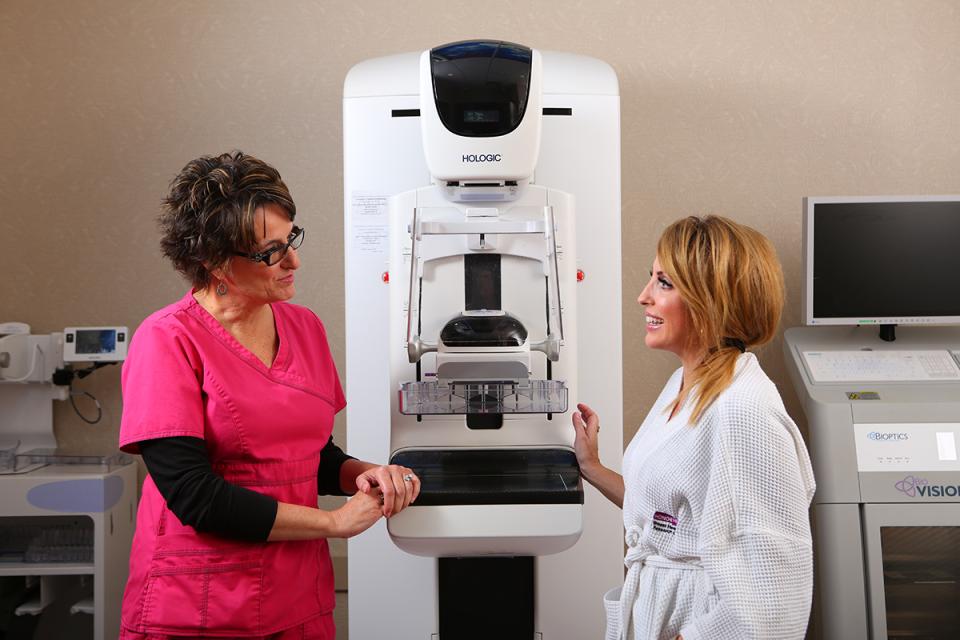About 12% of women in the U.S. are diagnosed with breast cancer at some point in their lives. Hedieh Saghari, MD, discusses breast cancer and dispels some of the common myths people believe.
Myth: Only women with a family history of breast cancer are at risk.
Truth: Roughly 80% of women diagnosed with breast cancer have no identifiable risk factors for the disease. However, if a first-degree relative (a parent, sibling or child) has had or has breast cancer, your risk of developing the disease approximately doubles. Having two first-degree relatives with the disease increases your risk even more.
Myth: Young women don’t have to worry about breast cancer.
Truth: A study in the Journal of the American Medical Association found the number of American women ages 25 to 39 with advanced cases of breast cancer has climbed 2% every year since the 1970s. Young women's tumors are likely to be more dangerous than older women's cancers.
Myth: Mammograms are not effective until a woman is at least 50.
Truth: Because many women under 50 have denser breast tissue, it used to be more difficult for radiologists to find tiny cancers with film mammography. Digital technology has improved the diagnostic rate. New 3D mammography looks at breast tissue layer by layer, making it harder for cancer to hide.
Myth: 3D mammograms expose women to too much radiation.
Truth: The 3D software reduces exposure, so it’s about the same as 2D digital imaging. Also, compression time is reduced with 3D.
Myth: Mammograms lead to too many "false positives," requiring more testing.
Truth: Stress associated with additional testing to rule out cancer is far less than the stress of radiation, chemotherapy and surgery. Also, because 3D mammograms are so much clearer, the rate of false positives from 3D is far lower than with digital mammograms.
3D detects up to 41% more invasive cancers than 2D, according to large-scale clinical research published in the Journal of the American Medical Association.
An earlier version of this story appeared on azcentral.com.
